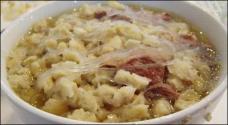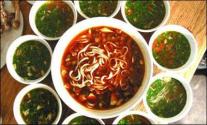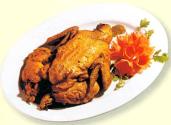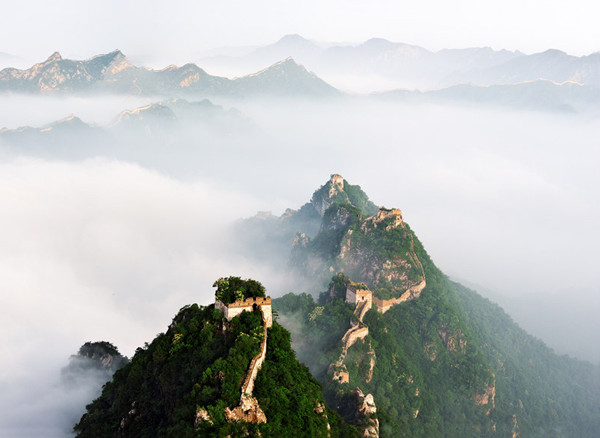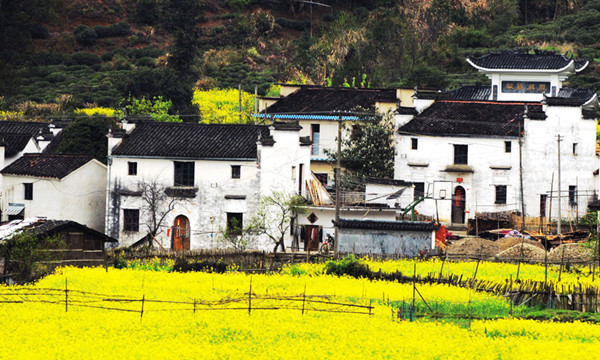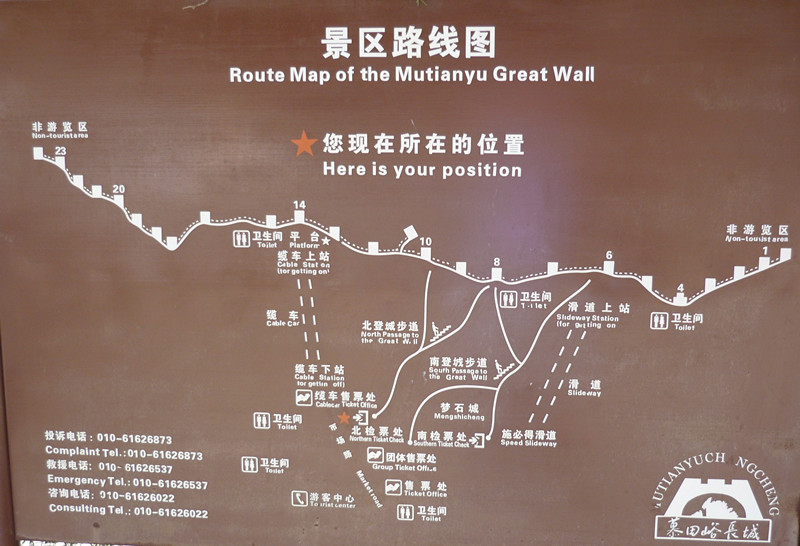Xian is has a very important part in Chinese history. It served as the imperial capital for 12 ancient imperial dynasties from 1,000 BC to 1,000 AD. Xian’s history began in the Stone Age, 3, 000 years ago when the Western Zhou Dynasty founded its capital at Haojing, today’s Xian. Western Zhou Dynasty was famous for its bronze, some of which is now displayed in Shaanxi Provincial Museum.
Barbarian invader caused the collapsed of the Western Zhou Dynasty in 771 BC. The Eastern Zhou Dynasty began and made its capital at Luoyang. In 221BC, emperor Qinshihuang unified the country and built a strong feudal society, with its capital at Xiangyang, north of Xian. The Qin was soon sacked and Han took the power. The Han rulers followed Qin and also based their rule in Xian. The Han ruled in Xian from 206 BC to 220 AD, when the city began to flourish. Xian was served as the starting point of the world famous Silk Road, a significant trade route linking ancient China and the central Asian and European countries. But it wasn’t until the Tang Dynasty that Chang’an(today’s Xian)came into its own. Chang’an was one of the biggest international cities at that time, a great metropolis of the equal importance with Great Rome. The Tang Dynasty witnessed advances in many fields and the capital city boomed. It was built with grand, symmetrical layouts and became a model for city design at that time. After the fall of the Tang Dynasty, Xian went into a decline and its tenure as capital of China came to an end.
Although Xian still played an important role as a commercial center on the Silk Road in the later dynasties, it never regained its political or cultural importance.
Xian History

